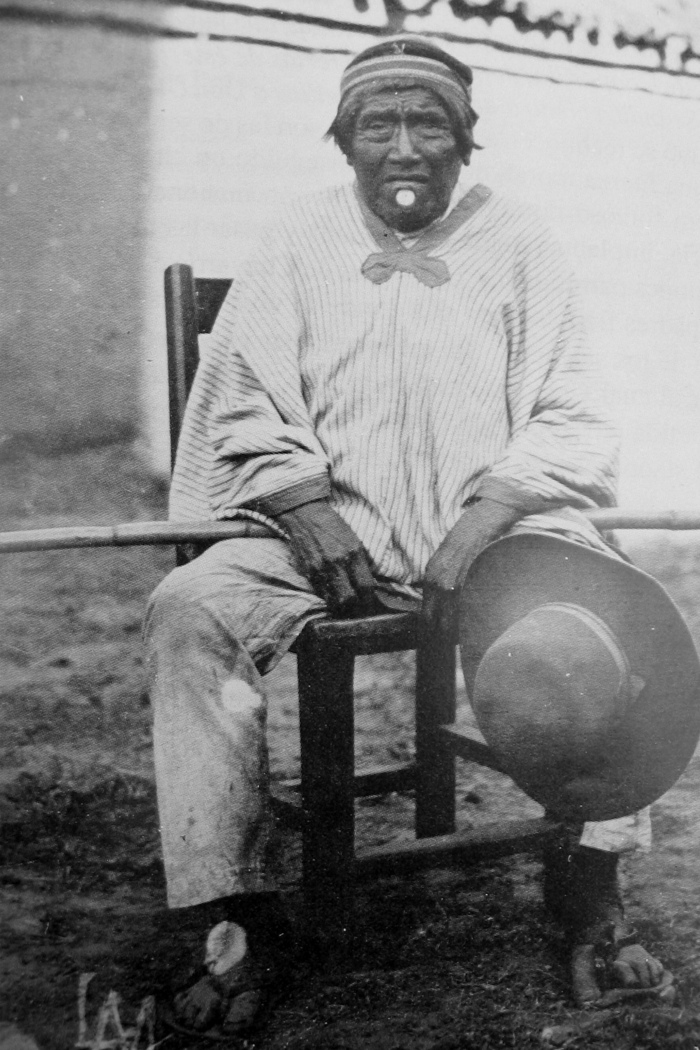
|
source: imi6271.jpg, 1536x2048 1.9mb 2004:08:05 a010255.html (file 27 / 190), 25 April 2005 |
Archive photograph backward | thumbnails | forward | text |
It wasn't until the late 1980s and early 1990s that the Guaraní, as a people, began to reorganize, forming groups like the Guaraní Peoples Assembly (APG) and, somewhat later, the CCCh. In 1992, the hundredth anniversary of Kuriyuki, UNICEF sponsored a literacy campaign throughout southeastern Chuquisaca; they trained free Guaraní from other parts of Bolivia to go to the haciendas and lead (very Freirian) workshops. This was more effective in promoting political self-awareness than reading or writing; in fact, it generated a great deal of interest and concern throughout Bolivia and beyond.
In the mid 1990s a couple of Bolivian organizations (mostly the Center for Rural Investigation and Production (CIPCA) and the CCCh) managed to get international support (mostly from Spain, of all places), to buy haciendas in the region for the creation of autonomous Guaraní communities. Access to land was key to setting the captives free. The first of these communities was Taperillas, where MCC is currently active. The hacienda of Villa Hermosa was transformed into the indigenous community of Imi in 1996, when thirty families from Don Roberto Chávez' hacienda at Ñaurenda moved in and made it home.